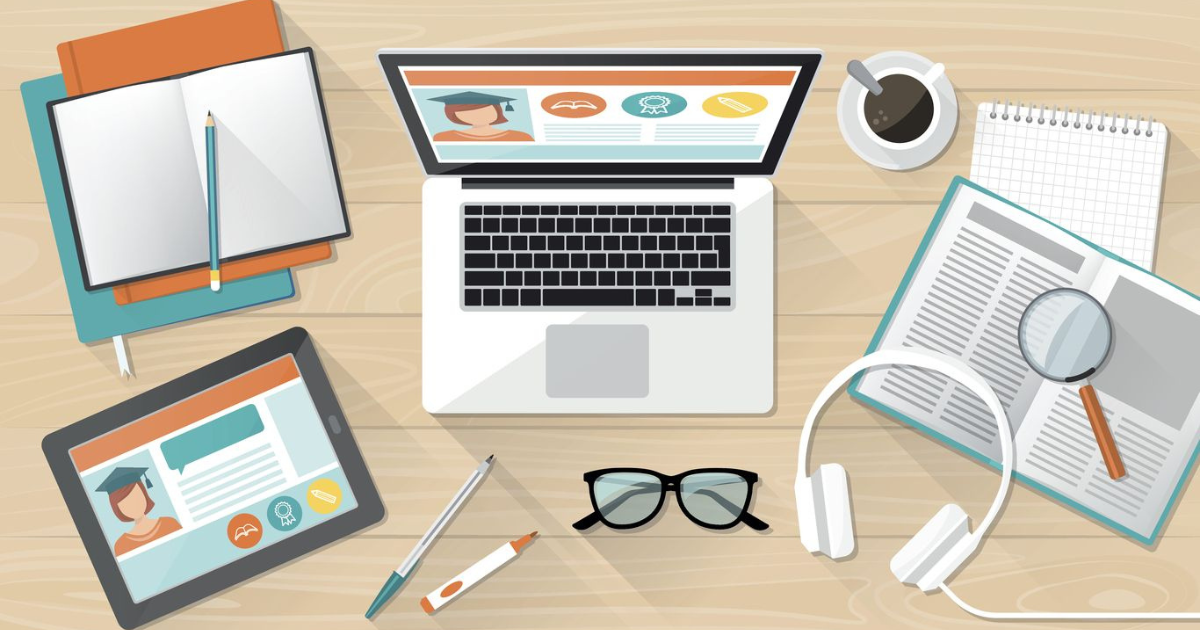Have you ever wanted to send your students home with homework, or post instructional videos on YouTube? Technology can make it easier to reach more people and be more creative. While it may seem like a difficult task to set up a tech-savvy classroom, this article will show you that there are many possibilities for using technology in education. When used correctly, technology has the power to make lessons more engaging and student-centered.
Table of Contents
What is meant by instructional technology?
Instructional technology is the use of technology in instruction. It includes the use of computers, multimedia, and other forms of information and communication technologies (ICT) in instruction.
It is not just the use of computers in instruction but the strategic use of all information and communication technologies to support learning. When used effectively, instructional technology can help learners achieve their learning goals.
Some examples of how instructional technology can be used effectively include:
-Using multimedia to engage learners and create a more interactive learning experience
-Designing online courses that are self-paced and allow learners to access content when it is convenient for them
-Creating virtual environments that allow learners to explore concepts and practice skills in a safe setting
-Utilizing social media platforms to create opportunities for collaboration and peer-to-peer learning
-Using data analytics to track learner progress and identify areas where additional support may be needed
What Are the Benefits of Instructional Technology?
Instructional technology can have a positive impact on student learning outcomes by providing engaging and interactive content that can hold students’ attention and promote active learning. Additionally, instructional technology can be used to individualize instruction to meet the needs of each student, and to provide real-time feedback that can help students improve their performance.
Some specific benefits of instructional technology include:
• Increased engagement and motivation: Students are more likely to be engaged in learning when they are using technology-based resources that are interesting and interactive.
• Improved retention and understanding: When students are actively involved in their learning, they are more likely to remember and understand what they are learning.
• Greater collaboration and communication: Instructional technology can facilitate communication and collaboration between students, which can lead to a deeper understanding of concepts.
• Enhanced problem-solving skills: Technology-based resources often require students to solve problems in order to progress, which can help develop critical thinking skills.
Types of Instructional Technology and Their Features
Instructional technology can take many different forms, each with its own unique features and benefits. Some of the most common types of instructional technology include:
-E-learning platforms: These platforms provide a comprehensive, online learning experience for students and instructors. They typically include features such as course management, multimedia content, assessment tools, and collaboration tools.
-Learning management systems (LMS): These systems are used to manage and deliver online courses or training programs. They often include features such as tracking student progress, providing access to course materials, and administering tests and quizzes.
-Virtual classrooms: These allow instructors to teach classes online in real-time. Students can interact with the instructor and each other via chat, audio, or video conferencing.
-Web conferencing: This type of technology allows users to hold live meetings or presentations online. It typically includes features such as screen sharing, video streaming, and VoIP (Voice over IP) capabilities.
Examples of Instructional Technology in Schools
There are many examples of instructional technology in schools. One common example is the use of computers to deliver instruction. This can be done in a number of ways, such as using computer-based programs to teach basic skills, providing drill and practice exercises, or delivering multimedia presentations. Other examples of instructional technology include the use of video conferencing to connect classrooms with guest speakers or experts, the use of online resources to supplement classroom instruction, and the use of data projection systems to display information and illustrations in a way that is more engaging for students.
How Instructional Technology Is Used
Instructional technology is a term that covers a wide range of educational tools and resources. It can refer to anything from low-tech items like textbooks and workbooks to high-tech items like tablets and online learning platforms.
Some common examples of instructional technology include:
Classroom management software: This type of software helps educators manage their classrooms more effectively. It can be used to track attendance, create lesson plans, and grade assignments.
Learning management systems (LMS): These platforms provide a way for instructors to deliver course content and materials online. They can also be used to track student progress and administer tests and quizzes.
Interactive whiteboards: These large touch screens can be used for a variety of purposes, including presenting lectures, leading discussions, and displaying multimedia content.
Educational games and simulations: Games and simulations can be used to teach a variety of subjects, from math and science to history and English. They can also be used to reinforce concepts that have already been taught in the classroom.
What are the important characteristics of instructional technology?
Dividing each content into different elements and presenting each element independently. Promoting self-study whereby learners learn as per their needs. Employing a network of techniques or devices to accomplish certain defined learning objectives. Communicating instructions to a large number of clientele/learners
Conclusion
Instructional technology is a field that covers a wide range of tools and techniques used to improve teaching and learning. It can be used to create more engaging and effective instructional materials, to support different learning styles, and manage classrooms more effectively. While it is impossible to cover everything that instructional technology can do in one article, we hope this has given you a better understanding of what it is and how it can be used to benefit both teachers and students.
